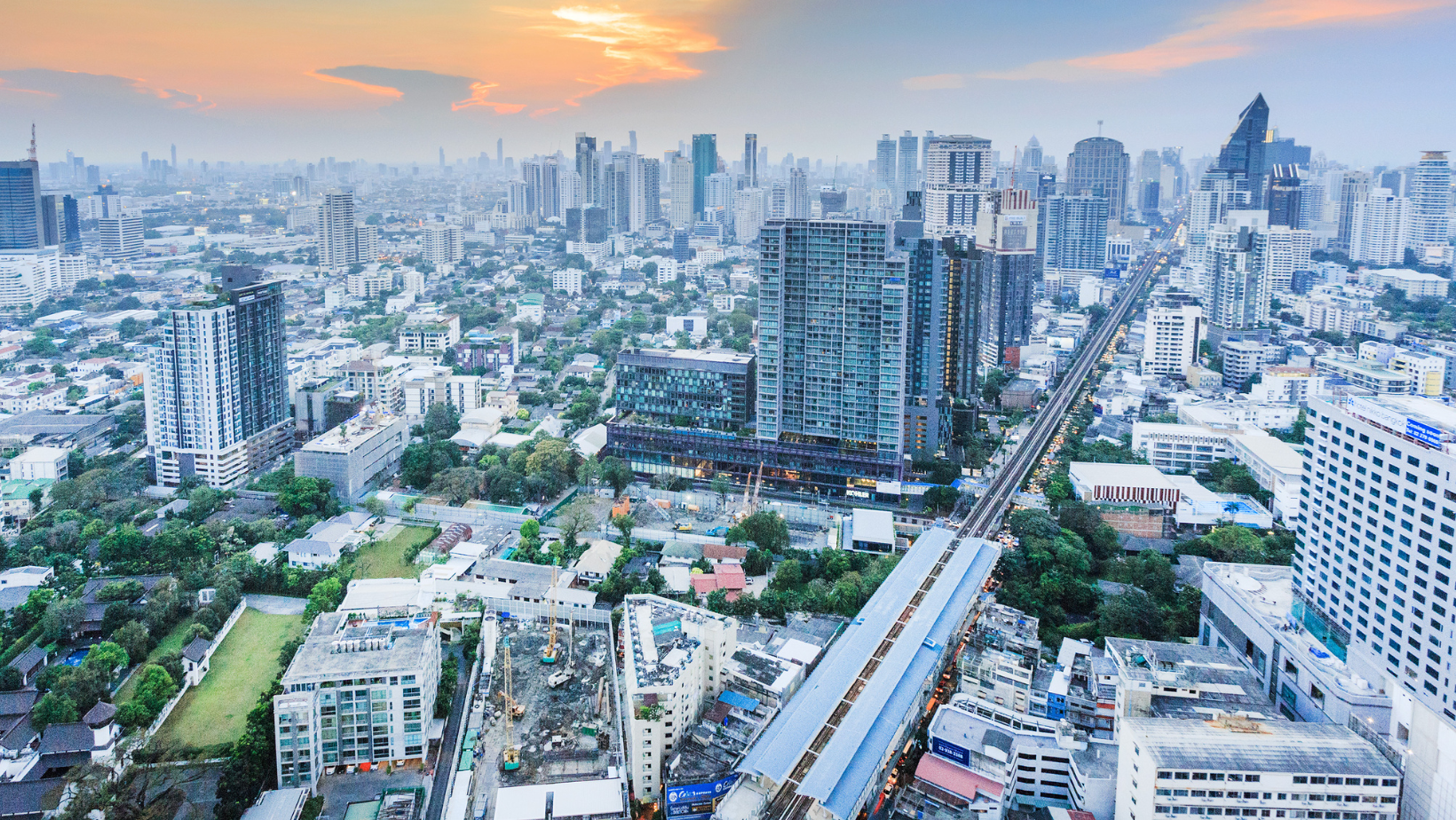
Investing In Mixed-Use Developments: What You Need To Know
Introduction
Mixed-use developments, refer to real estate projects that combine two or more different land uses within a single development. These developments often include a mix of residential, commercial, retail, and sometimes even industrial spaces in a single property. The idea behind mixed-use developments is to create a more vibrant and self-contained community where people can live, work, shop, and socialize without the need for extensive commuting. Mixed-use developments are transformative urban and suburban real estate projects that epitomize the concept of living, working, and playing all within one dynamic space. These multifaceted developments combine residential, commercial, retail, and sometimes even industrial elements into a cohesive and vibrant community. The goal is to create environments where residents can enjoy the convenience of nearby amenities, businesses can thrive in the bustling commercial spaces, and visitors can relish in a diverse array of dining, shopping, and entertainment options. Mixed-use developments are more than just real estate; they represent a modern approach to city planning and community building, fostering a sense of connectivity, sustainability, and urban vitality.
Here are Key Considerations for Investing in Mixed-use Developments:
- Location: The choice of location is critical. Look for areas with strong demand for mixed-use developments, such as urban centers, transit-oriented districts, or growing suburban communities.
- Market Analysis: Conduct a thorough market analysis to understand the demand for each component (residential, retail, commercial) within the mixed-use development. Consider demographics, economic conditions, and local trends.
- Feasibility Study: Perform a comprehensive feasibility study to assess the project’s financial viability, including construction costs, rental rates, occupancy rates, and potential return on investment.
- Zoning and Regulations: Familiarize yourself with local zoning regulations and land-use laws, as they can significantly impact the development and operation of mixed-use projects.
- Partnerships: Consider forming partnerships with experienced developers or property management companies to mitigate risks and ensure efficient project execution.
- Diversification: Diversifying the mix of tenants and uses can help spread risk. A healthy mix of residential, office, and retail spaces can provide stability during economic fluctuations.
- Property Management: Ensure effective property management to maintain the quality and functionality of the development, as well as to attract and retain tenants.
- Financing: Explore various financing options, including traditional loans, private equity, or crowdfunding platforms, depending on the scale and scope of the project.
- Timing: Be mindful of the timing of your investment. Real estate markets can be cyclical, and the success of a mixed-use development may depend on market conditions.
- Community Engagement: Engage with the local community to build support and address concerns. A mixed-use development should complement the existing neighborhood.
- Long-Term Vision: Consider your long-term investment goals. Mixed-use developments may require a longer investment horizon compared to single-purpose properties.
- Risk Management: Understand the risks associated with mixed-use developments, including potential economic downturns, tenant turnover, and operational challenges.
Here are some Common Types of Mixed-use Developments:
- Urban Mixed-Use: Typically found in city centers, these developments combine residential, commercial, and retail spaces to create walkable, vibrant urban neighborhoods.
- Suburban Mixed-Use: Located in suburban areas, these developments aim to provide a mix of housing, shopping, and recreational amenities to reduce dependency on cars and promote a sense of community.
- Vertical Mixed-Use: Often seen in high-density urban environments, these developments stack different uses in the same building or tower, such as residential units above ground-floor retail or office spaces.
- Master-Planned Communities: These large-scale developments incorporate residential, commercial, retail, and recreational facilities, creating self-contained, often gated, communities.
- Transit-Oriented Developments (TODs): Located near transit hubs like train or subway stations, TODs emphasize easy access to public transportation and often include housing, retail, and office spaces.
- Entertainment Districts: These mixed-use developments focus on providing entertainment and leisure options, including theaters, restaurants, bars, and live music venues.
- Industrial Mixed-Use: Combining industrial and commercial uses, these developments may have manufacturing or warehouse spaces alongside office and retail components.
- Institutional Mixed-Use: These developments integrate educational or healthcare facilities with residential, commercial, or retail spaces, often found near universities or hospitals.
- Historic Mixed-Use: Often involving the renovation of historic buildings, these developments preserve historical character while adding modern uses like housing, offices, or shops.
- Tourism-Oriented Mixed-Use: Located in tourist destinations, these developments provide a mix of accommodations, restaurants, shops, and entertainment options to cater to visitors.
Advantages of Mixed-use Developments:
- Vibrant Communities
- Reduced Commuting
- Economic Benefits
- Increased Walkability
- Efficient Land Use
- Social Interaction
Disadvantages of Mixed-use Developments:
- Zoning and Regulation Challenges
- Higher Development Costs
- Parking Concerns
- Management Complexity
- Gentrification Concerns
- Traffic and Congestion
- Residential Noise